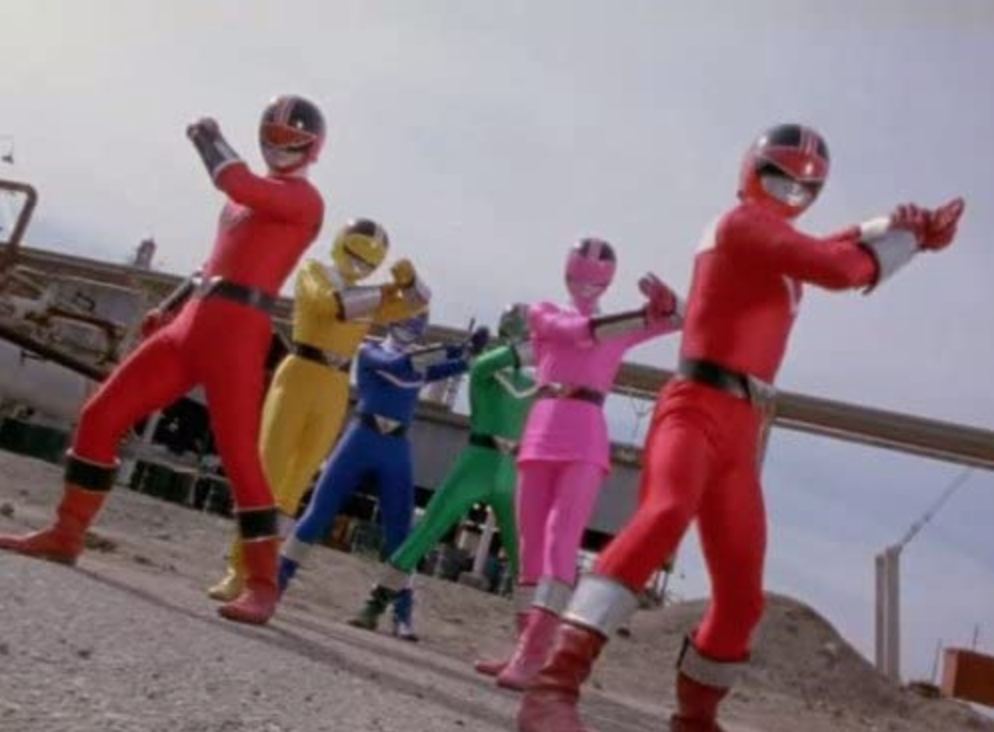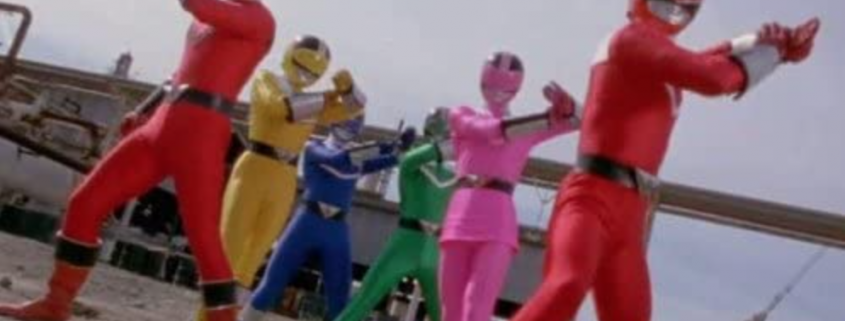Stardust: Koichi Sakamoto choreographing

Beginning his stunt career in 1993, Koichi Sakamoto has taken on major roles in film and television series, specifically in Tokusatsu — a japanese genre featuring superheroes and special effects. The Japanese-born stunt actor and producer has even had involvement in the popular American show, “Power Rangers,” and many more projects that didn’t rely on high-budget Hollywood blockbuster effects and CGI.
Some of his more recognizable works include “Ultra Galaxy Fight, The Absolute Conspiracy” and “Power Rangers Wild Force.” “Power Rangers Wild Force,” makes use of wire-fu style, a subgenre of kung fu movies where the stuntmen’s or actor’s skill is augmented with the use of wires and pulleys, while “Ultra Galaxy Fight, The Absolute Conspiracy” relies on green screens for its fight scenes.
There are various differences between the two works, but each has its own appeal in fight coordination thanks to Sakamoto’s skills and budget limitations.
For some background, “Power Rangers Wild Force,” is a show that revolves around live-action superheroes based on the tokusatsu genre and well-known episode, “Forever Red.” The episode involves the main protagonists from the current and previous seasons of power rangers teaming up to fight a new enemy. Through Sakmoto’s direction in wire-fu, each protagonist gets the chance to shine.
The episode uses various high-flying and mid-air stunts, further emphasized by fast-forwarded and slow-motion shots. This experimentation of stunts would benefit future installments of “Power Rangers” seasons afforded a larger budget as Sakamoto would still experiment with more subgenres such as wire-fu — grabbing the attention of many.
Sakamoto’s continued experimentation with wire-fu allowed him to grow more and more, both during and after his involvement in the ”Power Rangers” franchise. Tsuburaya Productions hired Sakamoto as a result to work on other shows when he returnedto Japan.
Before choreographing “Ultra Galaxy Fight, The Absolute Conspiracy,” Sakamoto practiced fight coordination through scenes in “Kamen Rider” and the “Ultraman” franchises. For example, fights in “Kamen Rider Fourze” would involve Sakamoto’s experience in wire-fu from the “Power Rangers” franchise, drawing audiences into the stories and development of each episode. Works in “Ultraman,” such as the “Ultra Galaxy Fight” series, would allow Sakamoto to hone in on his hand-to-hand combat knowledge while incorporating them with the special effects used in the film.
“Ultra Galaxy Fight, The Absolute Conspiracy” revolves around the “Ultraman” franchise — Ultramen being alien giants that fight giant monsters. For the “Ultraman” seasons, the story and themes would revolve around human characters who meet the main Ultraman of that season. However, “Ultra Galaxy Fight” does things a bit differently.
“Ultra Galaxy Fight” was a spin-off mini-series unique not only because it was released on YouTube in both Japanese and English languages but also in that there weren’t any human characters or live-background, so Sakamoto relied heavily on green screen. Despite this difference from “Forever Red,” the series was able to captivate thousands of viewers of the official Ultraman YouTube channel through its fast-paced fight scenes and camera movements — working well with the short duration for each episode that provides complex storylines and a large ensemble of characters.
Sakamoto taking advantage of his tools allows new audiences to learn about previous “Ultraman” seasons they might be interested in watching. His ability to adapt allows for more opportunities in creating fights for characters to express their personalities as well.
Overall, Sakamoto does well in implementing a variety of techniques in low-budget works. Taking advantage of what he has while balancing it with the story and themes, Sakamoto’s work can be applied in other action media besides Tokusatsu.

